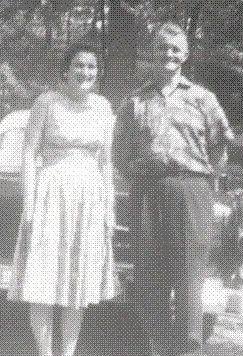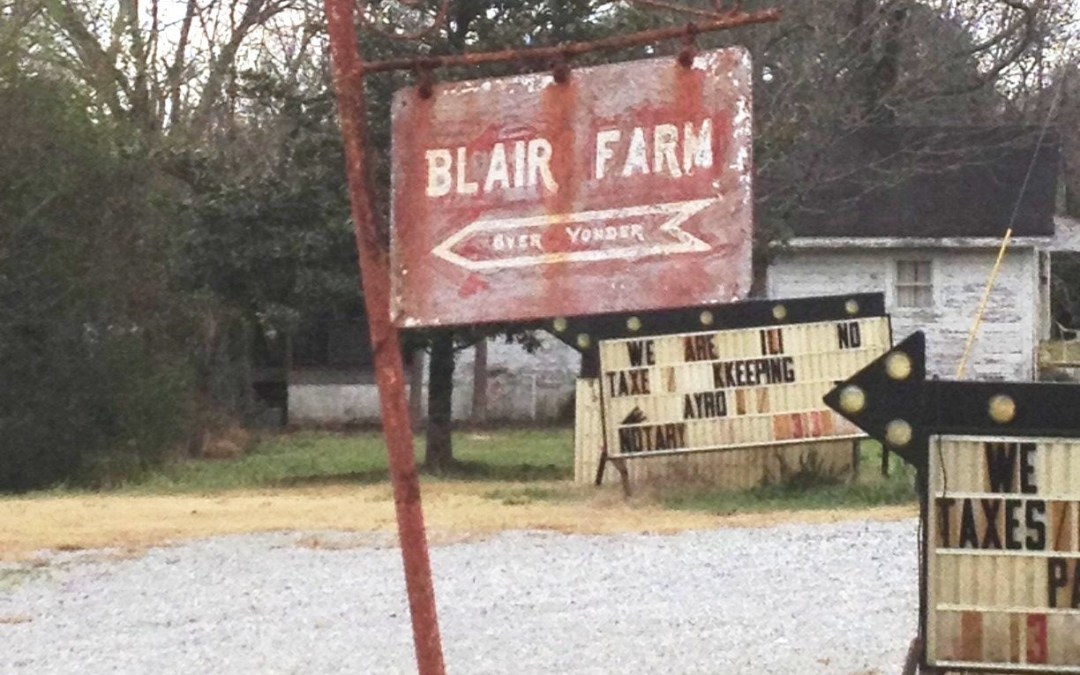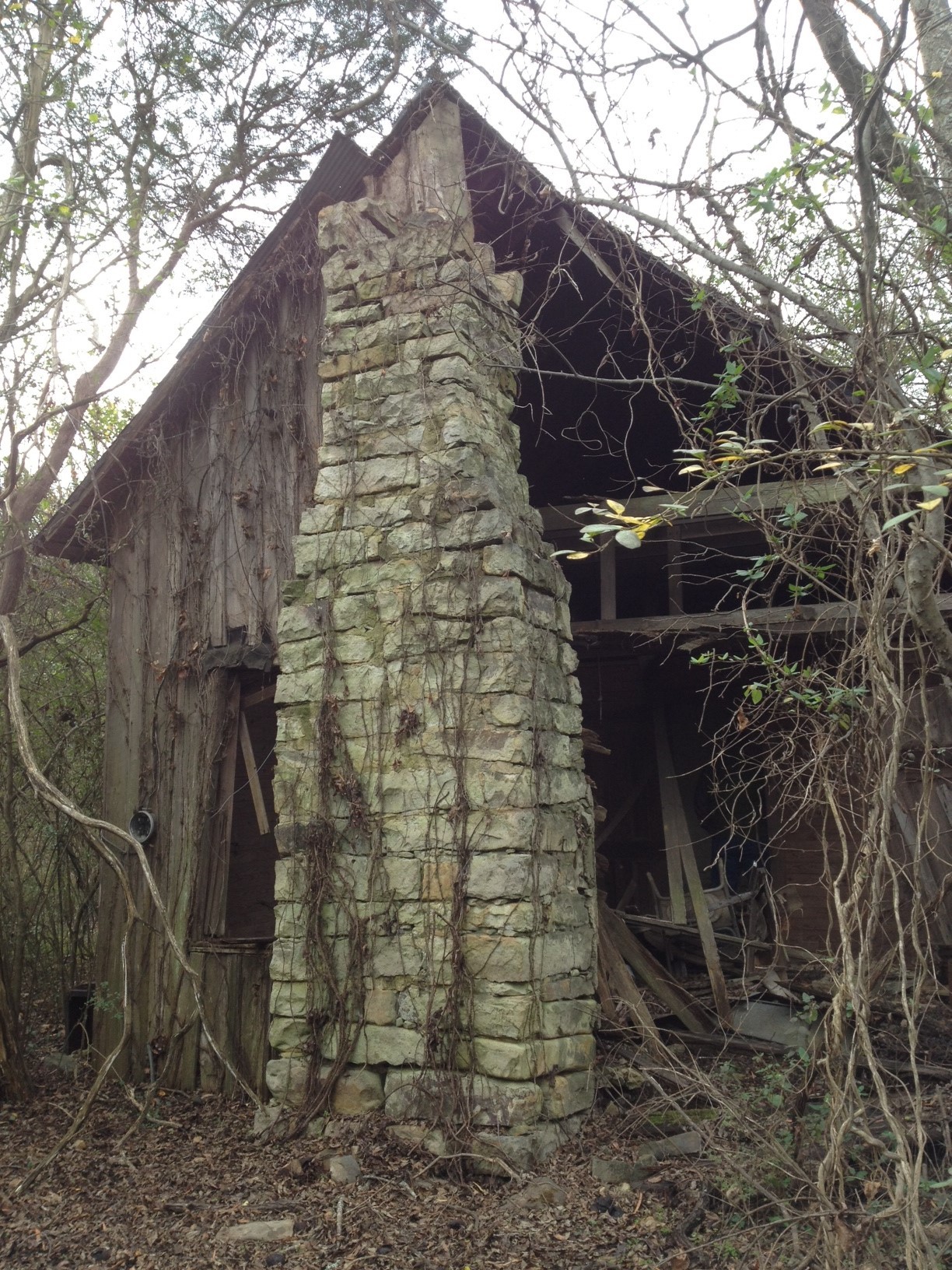Fresh from our presentation at the Esri EdUC 2015 with a salute to Douglas Adams’ Hitchhiker’s Guide to the Galaxy, Shannon White and I present 42 ideas and resources that may help educators and geomentors in their quest to integrate GIS, GPS and geography into education, inside and outside.
- bring a map of the school to examine and interpret
- map gallery (student made or professional made or both)
- Make a map with cookie dough and icing
- Draw a mental map from home to school
- Topographic bingo
- Bingo with a community based satellite image
- Show live maps of buses (real time).
- track the weather
- watch live earthquakes
- count time zones
- map the countries playing in world cup
- make a map of all the places in your books
- plan a route to the park
- hide and seek on campus with drawn maps and clues (transition to geocaching)
- track vocabulary words country of origin
- collect scientific discoveries by location
- solve math problems that give coordinates as answers
- brainstorm school or local problems that a map or location would help solve
- research a topic with map data only
- students find one cool map related fact and share it
- map the news for one day, then examine change over time
- where does your food come from (Thanksgiving arcgis maps as an example)
- where do your clothes come from (NatGeo gadget)
- build a map (NatGeo printables – MapMaker interactive)
- Map places you want to visit (or have visited)
- Look at change over time in your community (changematters.esri.com)
- examine story maps about a topic you are studying (i.e. the bat map)
- Track roadkill or trash or something else found along roads
- Map your school yard (transportation, recreation, natural features)
- look at old maps (David Rumsey Map Collection) and compare/contrast to digital maps
- Use John Snow Map in ArcGIS online to examine spatial analysis
- Show a brief video about GIS in use (Ushahidi, Geospatial Revolution, etc)
- Examine the Earth as Art collection and discuss geography and remote sensing patterns
- Participate in a crowdsourcing or citizen science effort (BioBlitz using iNaturalist, Project Budburst, Globe at Night)
- Make a smell or sound map of your neighborhood
- Plan a road trip or vacation for yourself or someone else
- make a story map or Snap2Map
- find cool map projects in the online map gallery – how many are problems in your area?
- Map your family or family history (watermelon story)
- Map your life or create an autobiographical map
- Help map a local park or trail
- Find a geographic element that connects math, science, language arts and social studies






